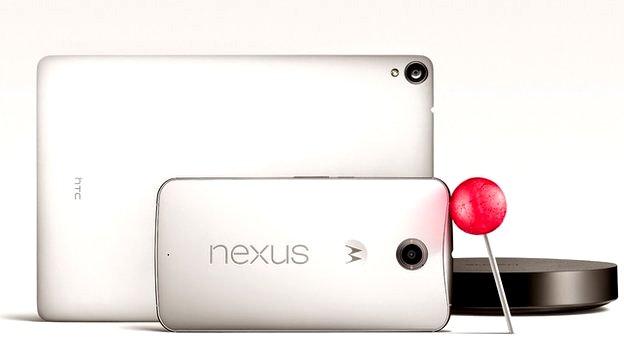Google to pilot modular phone in Puerto Rico
- Published
The BBC's Dave Lee takes a look at Project Ara, a Google concept smartphone that is made up of little interchangeable components
Google plans to pilot a modular phone, on which components can be swapped, this year.
It says tests will take place in Puerto Rico, where devices will be distributed from "food-truck-style stores".
The firm suggests phones with swappable parts will cost less to maintain and be more attractive to consumers who want to customise their devices.
But one expert said it remained to be seen whether the device would have mass-market appeal.
"Modules can include cameras, speakers, batteries, displays, the application processor, wireless connectivity, blood-sugar monitors, laser pointers, pico projectors, or any number of items that will be held into the shell by magnets," said Jon Erensen, at analyst at the Gartner consultancy.
"One question that remains is whether this type of modular smartphone will be limited to a niche audience of hobbyists or whether it will have broader consumer appeal."
In a video announcing the pilot, external of Project Ara, Google stated that its intention was to make a handset that would be attractive to the five billion people that did not currently own a smartphone.
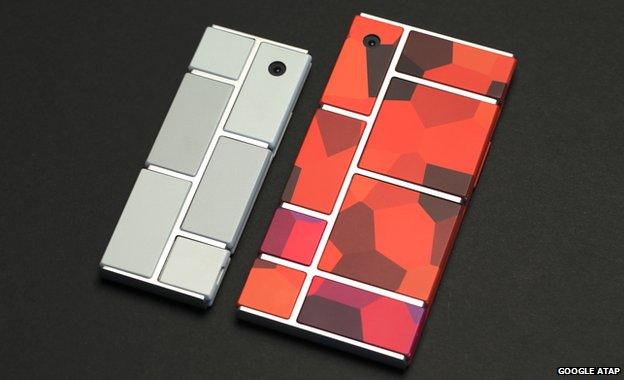
A battery module can be swapped out without the phone powering down
At an event at its Mountain View headquarters the same day, Google unveiled its latest prototype.
It has a 3G modem and can support antennas. Its processor would allow for "better performance and more space", the director of Project Ara, Paul Eremenko, added.
'Light and plasticky'
The modules clip into the handset and, according to reports, Google plans to have between 20 and 30 modules available, external by the time it launches the pilot, each of which will lock on to a base frame. It has already produced 11.
The firm says that the design will increase the life of the phones because it will allow users to replace individual components, rather than the whole phone.
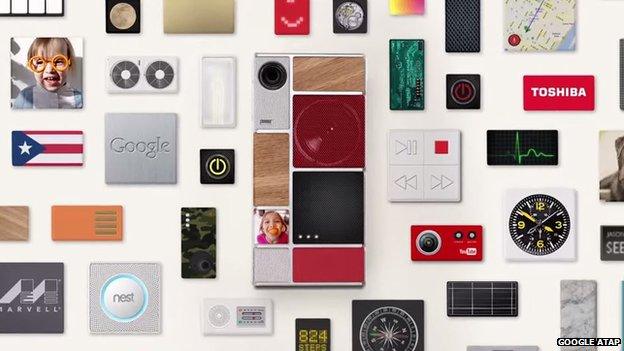
Google said it had wanted 20 modules to be ready by the time its pilot started, later in 2015
In the video, Google showed a cracked display being clipped out and swapped for a new one.
It also showed that the phone could be customised by users who wanted extra battery life or a different camera, for example.
The modules are held in place with magnets, which can be deactivated while replacements are made.
Technology website the Verge tested the device, external and reported that the "hardware itself feels very solid, thanks to its aluminium and steel frame, which looks like a ribcage when all the modules are popped out".
But it added: "The modules on the other hand feel light and plasticky, and made holding the phone feel a bit strange."

Google demonstrated how it said components could be replaced while the phone was switched on
Latin American launch
Google said it had chosen Puerto Rico because the US territory was "mobile-first" and at the "leading edge of a global trend" - about 75% of its internet access is via mobile devices, and there are more than three million mobile phones of varying types in use on the island.
It said that, since Puerto Rico was under US Federal Communications Commission jurisdiction, Google would work with the watchdog to develop a regulatory approach for Project Ara.
"Puerto Rico is a gateway from the US to the world," Google said.
"It is a bilingual culture. It is well-connected as a communications, logistics and trade hub. It has designated free-trade zones, which we can use for importing modules from developers worldwide."
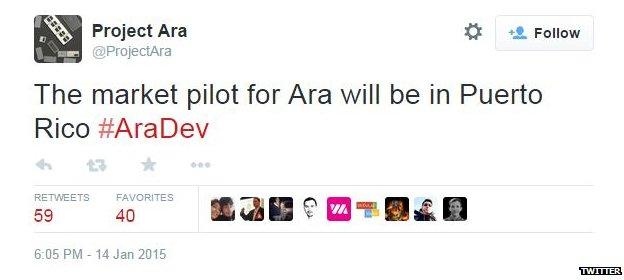
Google said that Puerto Rico was at the head of a global trend towards mobile-first internet access
The pilot of the current prototype - the Spiral 2 - is scheduled to take place in the second half of this year and will be used to test the pricing as well as the performance of the device. Engineers are also working on follow-up kit, the Spiral 3.
A firm called Phonebloks began floating the idea of modular smartphones in 2013 and, soon after, it announced a partnership with the then Google-owned Motorola.
When the latter was sold to Lenovo, Google retained the Advanced Technology and Projects (ATAP) group, in which Project Ara was being developed.
"The first, and perhaps biggest step for us, is to aid the existing industry in steering away from manufacturing products that are sold and repaired or replaced as whole-widgets, to products that are modular," Phonebloks said on its website.
- Published15 January 2015

- Published29 October 2013
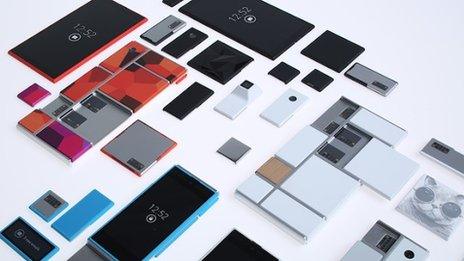
- Published25 October 2013
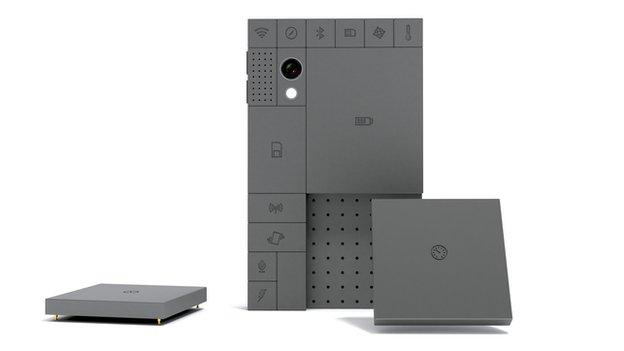
- Published15 October 2014
